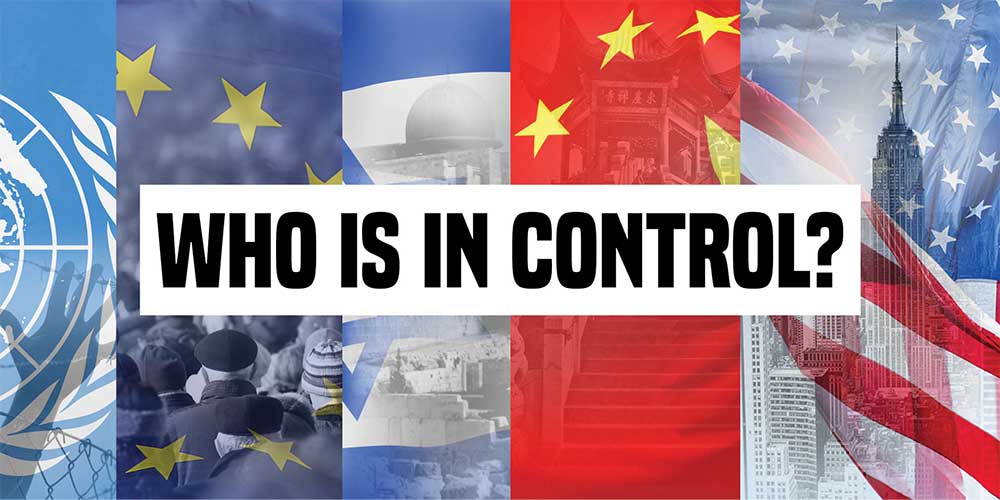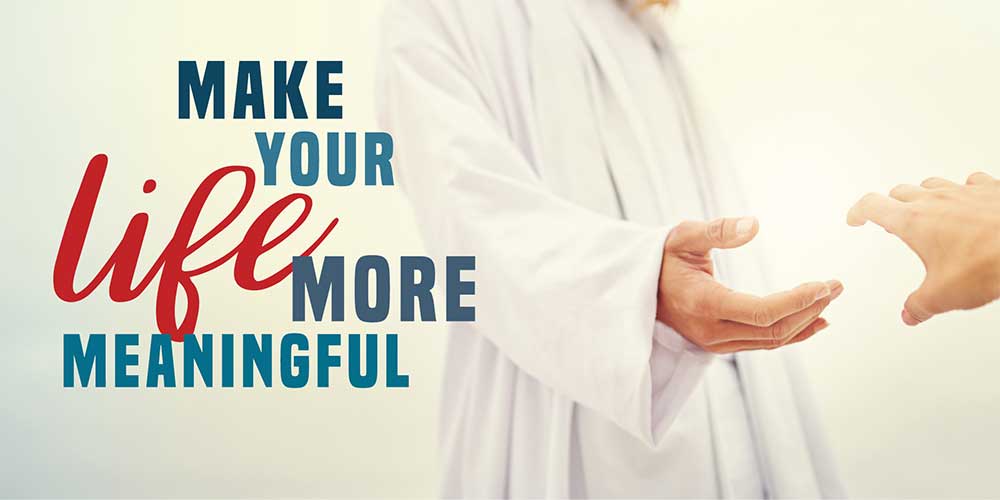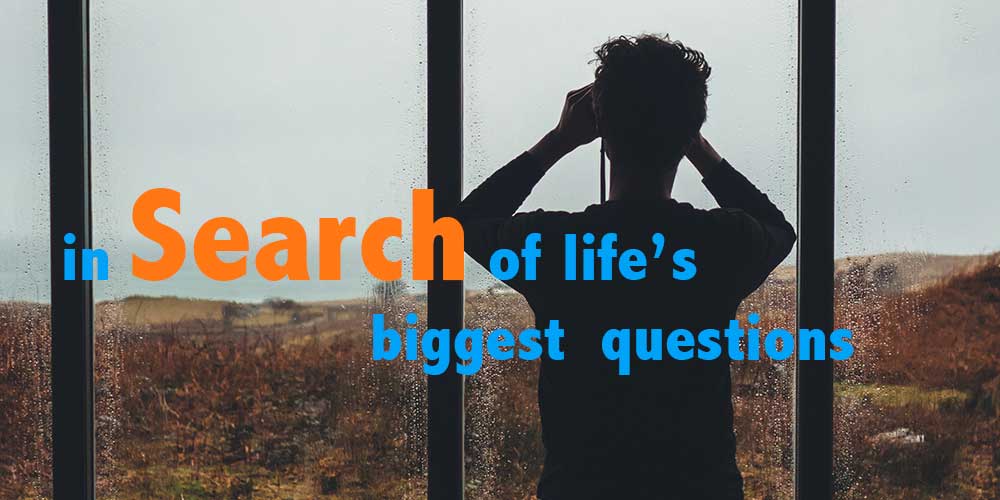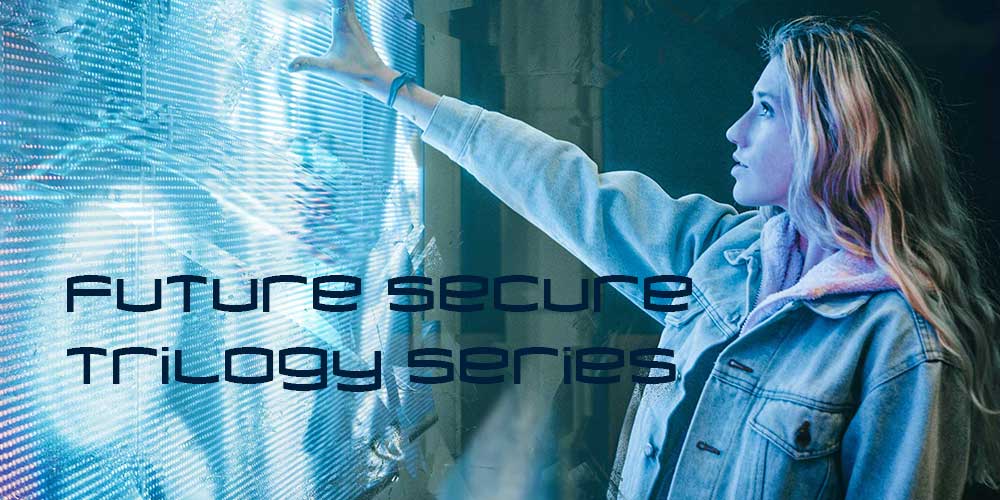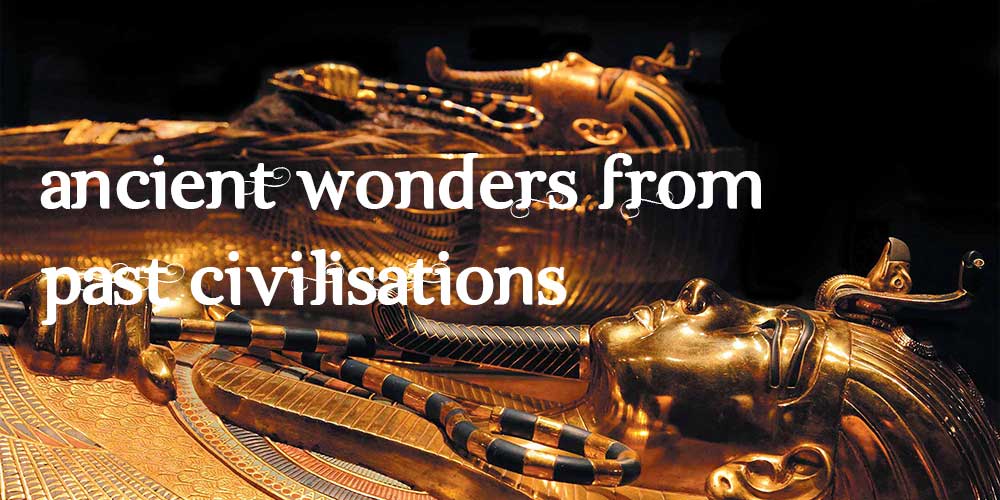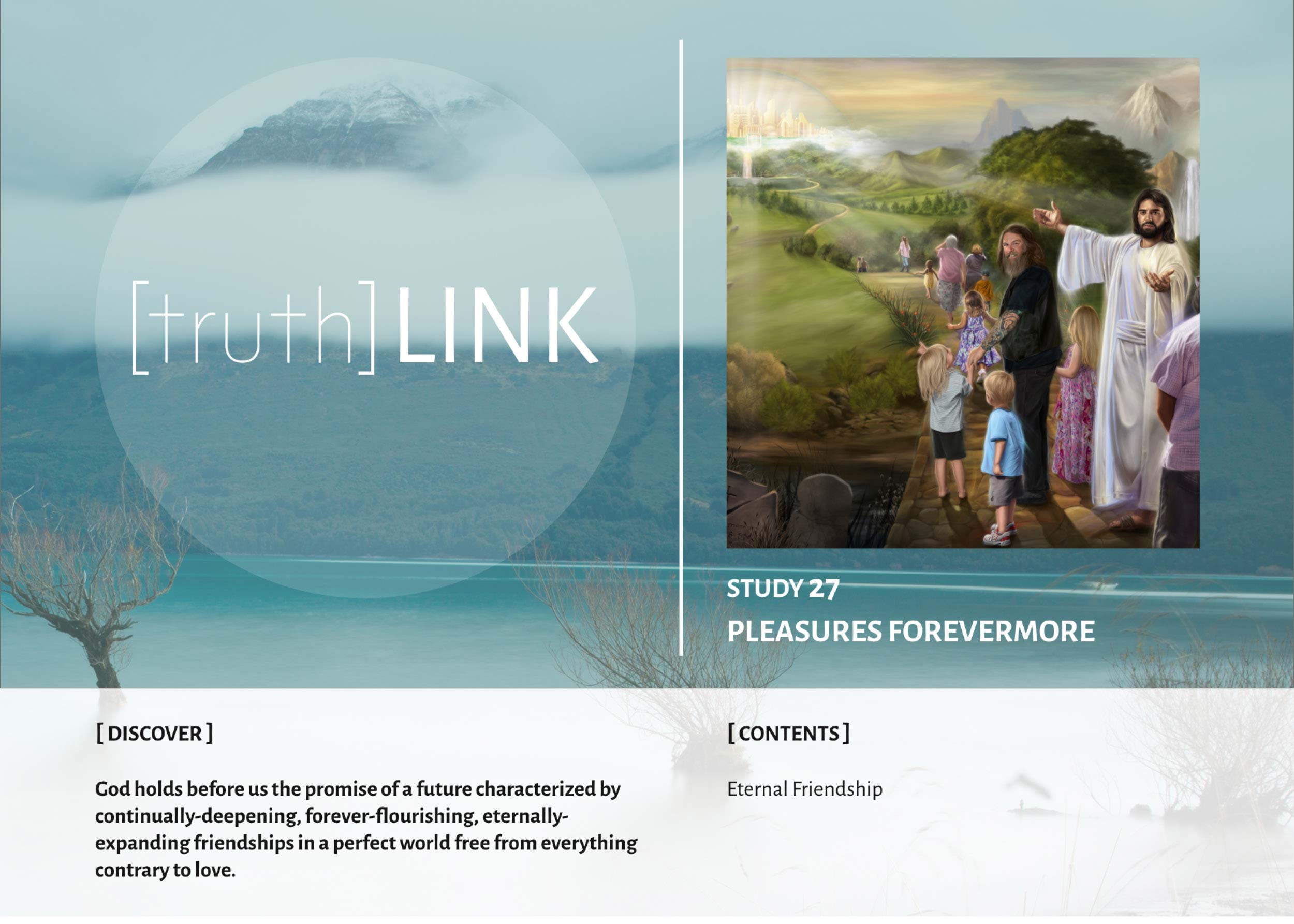
Eternal Friendship
Imagine that the wealthiest person in the world has offered you the gift of a private tropical island, upon which he has built for you a luxurious mansion filled with the best furnishings money can buy and stocked with all your favorite foods. Do you want it? Of course you do.
But then he says, “Great, it’s yours on one condition. All you have to do is live there alone for the rest of your life and never see your family and friends ever again.” Suddenly, with no real hesitation (okay, maybe a little hesitation), your answer is, “Absolutely not!”
But why?
Well, because you know something deep in the core of your humanity. You know that close, healthy relationships mean more than anything else, that without them life has no real significance, and that with them life has the potential for extraordinary beauty and fulfillment.
It should not be surprising, then, that when the Bible talks about the eternal destiny of the redeemed, it does so with highly relational language. When Jesus talked about Himself being our Savior and getting us to the other side of this present world of sin and suffering, the destination He held before us was more about a person of extreme beauty than a place of material luxury:
“I am the way, the truth, and the life. No one comes ___ ______ ___________ except through Me” (John 14:6).
To the Father is where we are going. Then Jesus said, “He who has seen Me has seen the Father” (verse 9), encouraging us with the assurance that we will encounter the same friendly, unselfish love in the Father that we see in Him. Jesus wants each of us to understand something very important: “the Father Himself loves you” (John 16:27). Every other time in the gospel of John when Jesus speaks of the Father’s love for us, He uses the Greek word agape, which is God’s unilateral love for us undeterred by our sinfulness. But in this single instance Jesus uses the Greek word phileo, which refers to the fondness one feels for a friend. Not only does the Father love each of us, He also likes us. Astoundingly, the Almighty Creator of the universe is inviting us into eternal friendship with Himself.
From Eden to Eden
When God first created human beings, He placed them in a garden called Eden (Genesis 2:8). The word Eden means pleasure, which is very eye-opening because it tells us a lot regarding the kind of person God is at heart and what He originally planned for us. As odd as it may sound at first—and it only sounds odd due to the fact that He has been grossly misrepresented as a restrictive tyrant—God is the author, inventor, and source of pleasure. Genesis 1 and 2 persuade us that God created human beings as physical, mental, emotional, and relational creatures perfectly crafted for living lives of multidimensional pleasure: eyes to see shape and color, ears to hear voice and song, the nose for smelling lovely aromas, the tongue for tasting delicious flavors, the kinetic sense to hold puppies and hold hands, the mind for exploring the mysteries of creation, emotions with which to feel the feelings of others and thrill with the joy of unselfishness. The human being is an engineering wonder of high pleasure capacity, crafted on every level for blissful engagement with the surrounding world. And yet, sensory pleasure was not designed by God as an end in itself. The entire material creation was established as the ideal setting in which relationships could flourish with eternally escalating love, joy, and peace.
READ GENESIS 1 AND 2 AND COMPOSE A LIST OF POINTS THAT HIGHLIGHT THE FACT THAT THE PHYSICAL WORLD WAS SIMPLY CREATED BY GOD AS THE PERFECT ENVIRONMENT FOR PERSONAL BEINGS TO INTERACT WITH ONE ANOTHER AND WITH THEIR CREATOR.
Just as the first two chapters of the Bible describe the world in its pristine bliss before the Fall of mankind, the last two chapters of the Bible describe the world as it will be once the sin problem is completely resolved. A comparison of these chapters reveals that it is God’s plan to bring the world full circle back to its original Edenic state, its Pleasure state. Let’s explore some key verses in Revelation 21 and 22, interspersed with additional complementary scriptures, to discover the eternal future God has planned for us.
Revelation 21 opens with words that stop us in our tracks: “Now I saw a new heaven and a new earth” (Verse 1). Our curiosity piqued, John immediately follows up by emphasizing a single point, three times:
“Behold, the tabernacle of God is _______ men, and He will dwell _______ them, and they will be His people. God Himself will be _______ them and be their God” (Verse 3).
Astoundingly, God simply wants to be “with” us, to “dwell” right here in our very world, to have face-to-face, heart-to-heart fellowship with us.
Then John proceeds to paint an incredible picture of the New Earth as a perfectly conducive environment in which we can forever enjoy God’s friendship. The first thing God does is “wipe away every tear” from our “eyes” (verse 4). What then follows is truly amazing and inviting. Read verses 4-8 and compose a list of all the things that will not be present in the New Earth.
Summarizing the glorious picture, John states succinctly:
“And there shall be no more ________” (Revelation 22:3).
This language is a direct throwback reference to Genesis 3:7-19, in which God described to Adam and Eve the fact that human life and the earth itself would be dramatically impacted on all levels by sin: relationally, biologically, and ecologically, humanity and the world would be cursed. But John says the curse will be reversed. Everything that has interrupted the pleasure God had planned for us will be removed. All sin and suffering will be banished from existence.
Isaiah’s vision of the New Earth involves a beautiful depiction of predatory animals, docile animals, and children at “play” all together without any violence occurring. Read Isaiah 11:6-9 and discuss what kind of world it will be when all living creatures share the earth together without threat to one another.
Paul described the impact of sin upon our world with the word “sufferings,” but then he added that they are “not worthy to be compared with the glory which shall be revealed in us” when God’s ideal for the world is finally realized (Romans 8:18). Creation itself, Paul says, is in a state of brokenness and longing for the day when human beings are restored to their original nobility and the earth itself will no longer be subject to the evils her stewards have inflicted upon her:
“For the creation was subjected to __________, not willingly, but because of Him who subjected it in hope; because the creation itself also will be ___________ from the _____________ of ______________ into the glorious liberty of the children of God. For we know that the whole creation _________ and ________ with birth pangs together until now. Not only that, but we also who have the first fruits of the Spirit, even we ourselves ________ within ourselves, eagerly waiting for the adoption, the redemption of our ________” (Romans 8:20-23).
The physical creation will be restored to its original condition, made free from the horrors that humanity has imposed upon it. Even our physical bodies will be redeemed:
“For our citizenship is in heaven, from which we also eagerly wait for the Savior, the Lord Jesus Christ, who will transform our _________ ________ that it may be conformed to His ____________ ________” (Philippians 3:20-21).
READ THE FOLLOWING SCRIPTURES TO DISCOVER THAT AFTER HIS RESURRECTION JESUS HAD A PHYSICAL BODY, GLORIFIED AND IMMORTAL, BUT PHYSICAL NONETHELESS: LUKE 24:36-43; JOHN 20:17-18, 24-29; 21:1-14.
With our bodies restored to their glorious pre-Fall condition, and the earth restored to its Edenic state free from the curse of sin, we will live in eternal fellowship with God, partaking of the pleasures He had in mind for us all along:
“In Your presence is fullness of joy; at Your right hand are pleasures forevermore” (Psalm 16:11).
What an amazing future!
[CONNECT]
God has one grand aspiration: to be with us.
In Revelation 21:9-27 John describes the capital city of the New Earth, the New Jerusalem, with measurements that equate to the shape of a massive cube (verse 16). Upon investigation, we discover that the Most Holy Place of the Old Testament temple was constructed in the shape of a cube as well (1 Kings 6:20). This was the place where the radiant glory of God was manifested (1 Kings 8:10-13), and concerning which the Lord said, “I will meet with you, and I will speak with you from above the mercy seat” (Exodus 25:22). Here the high priest, as the mediator between God and the people, would come into God’s immediate presence. With intentional reference to the glory of God dwelling in the ancient symbolic temple, John says of the New Jerusalem, “I saw no temple in it, for the Lord God Almighty and the Lamb are its temple. And the city had no need of the sun or of the moon to shine in it, for the glory of God illuminates it. The Lamb is its light” (Revelation 21:22-23). He then says of the redeemed and their eternal intimacy with God, “they shall see His face” (22:4). John’s point is clear: the New Jerusalem is the ultimate reality to which the Most Holy Place was pointing, only now all of God’s people will be privileged to enter His immediate presence with no mediator between. That’s what the plan of salvation is all about —restored intimacy with God.
[EXPERIENCE]
It is my heartfelt desire to be one of the happy inhabitants of the New Earth and live in the joy of eternal friendship with God.
Dear God, I understand that You love me, and even like me, and that You want me to be with You forever. With eager anticipation I look forward to our future together. I submit to whatever preparation is needed for me to live in Your love forever
Phone 1300 300 389


